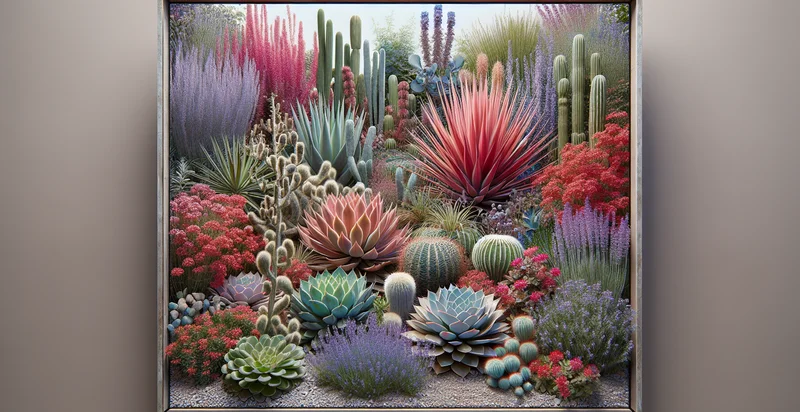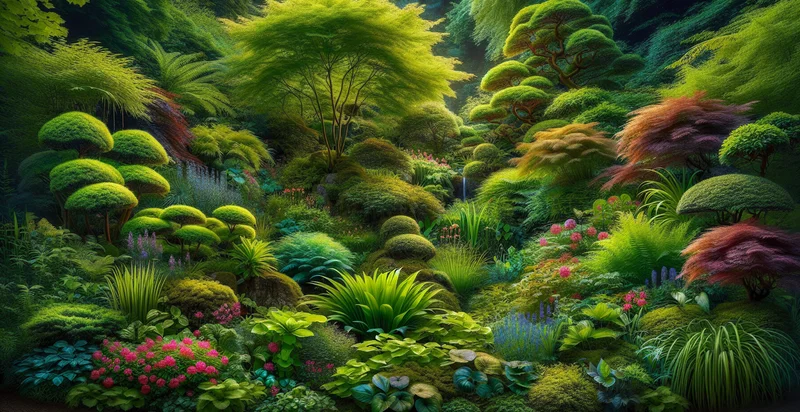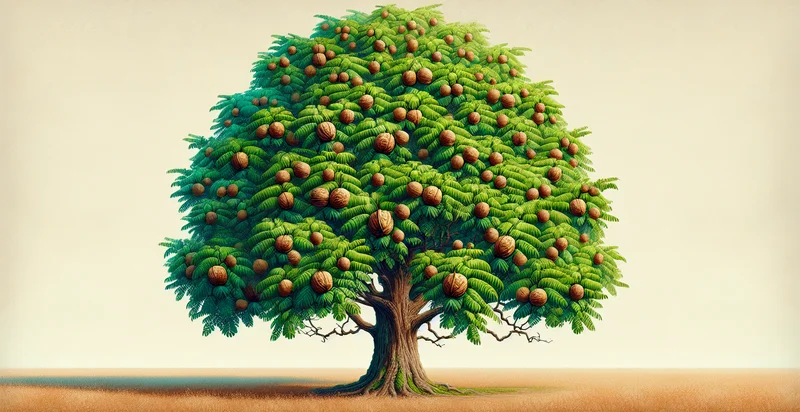Identify drought resistant plants
using AI
Below is a free classifier to identify drought resistant plants. Just upload your image, and our AI will predict if a plant is drought resistant - in just seconds.

Contact us for API access
Or, use Nyckel to build highly-accurate custom classifiers in just minutes. No PhD required.
Get started
import nyckel
credentials = nyckel.Credentials("YOUR_CLIENT_ID", "YOUR_CLIENT_SECRET")
nyckel.invoke("drought-resistant-plants", "your_image_url", credentials)
fetch('https://www.nyckel.com/v1/functions/drought-resistant-plants/invoke', {
method: 'POST',
headers: {
'Authorization': 'Bearer ' + 'YOUR_BEARER_TOKEN',
'Content-Type': 'application/json',
},
body: JSON.stringify(
{"data": "your_image_url"}
)
})
.then(response => response.json())
.then(data => console.log(data));
curl -X POST \
-H "Content-Type: application/json" \
-H "Authorization: Bearer YOUR_BEARER_TOKEN" \
-d '{"data": "your_image_url"}' \
https://www.nyckel.com/v1/functions/drought-resistant-plants/invoke
How this classifier works
To start, upload your image. Our AI tool will then predict if a plant is drought resistant.
This pretrained image model uses a Nyckel-created dataset and has 2 labels, including Drought Resistant and Not Drought Resistant.
We'll also show a confidence score (the higher the number, the more confident the AI model is around if a plant is drought resistant).
Whether you're just curious or building drought resistant plants detection into your application, we hope our classifier proves helpful.
Related Classifiers
Need to identify drought resistant plants at scale?
Get API or Zapier access to this classifier for free. It's perfect for:
- Agricultural Planning: Farmers can utilize the drought-resistant plants identifier to select appropriate crops for their regions based on climate resilience. This helps in optimizing water usage, increasing yields, and ensuring sustainable farming practices.
- Landscaping Services: Landscaping companies can leverage the identifier to recommend drought-resistant plants to clients, ensuring lower maintenance and irrigation costs. This promotes environmentally-friendly gardens that thrive in arid conditions.
- Environmental Conservation: Non-profit organizations focused on reforestation and habitat restoration can use this tool to identify native drought-resistant species. This promotes biodiversity while ensuring that planted species can survive with limited water resources.
- Local Government Initiatives: Municipalities can integrate the identifier into urban planning to promote the planting of drought-resistant plants in public spaces. This can lead to reduced water consumption in city landscaping and contribute to more resilient urban environments.
- Horticulture Research: Researchers can employ the drought-resistant plants identifier to study the adaptability and sustainability of various plant species in changing climates. This can pave the way for future innovations in agriculture and horticulture, especially in drought-prone regions.
- Home Gardening Solutions: Retailers in gardening and home improvement can offer a tool that helps customers identify suitable drought-resistant plants for their gardens. This enhances customer satisfaction and encourages eco-friendly gardening practices.
- Climate Change Education: Educational institutions can use the identifier as a teaching resource to raise awareness about climate adaptation strategies. By showcasing the importance of drought-resistant plants, students can learn about sustainability and the impact of climate change on ecosystems.


